jeotokai
Active member
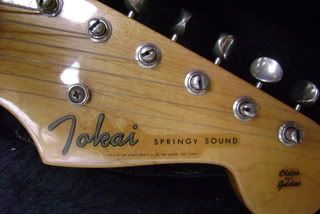
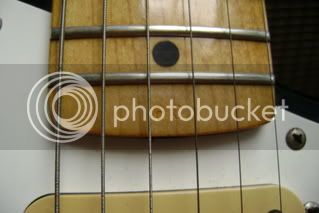
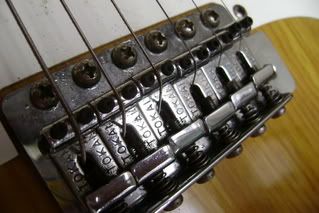
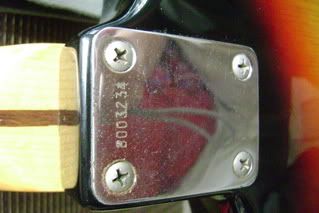
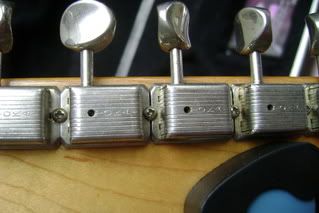
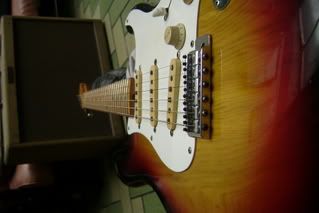
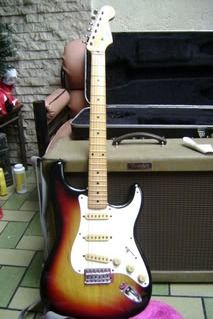
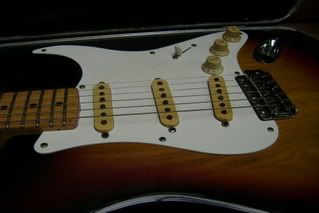
My humble tokai st60, got it a 1 3/4 years ago from a Pinay who worked in japan. given to her by a japanesse suitor. Anyway, no inside pictures yet. The pickups are stamped "E". All original parts, just got it refretted last years. Its my best strat so far, sold my other fender japan strat's and tele. Luckily this one is a player, sings more than screams, the best dynamic range i have heard in a guitar. I think its a '78 model. correct me on this, done some research but your inputs are much appreaciated. Thanks Tokai-forumites!





